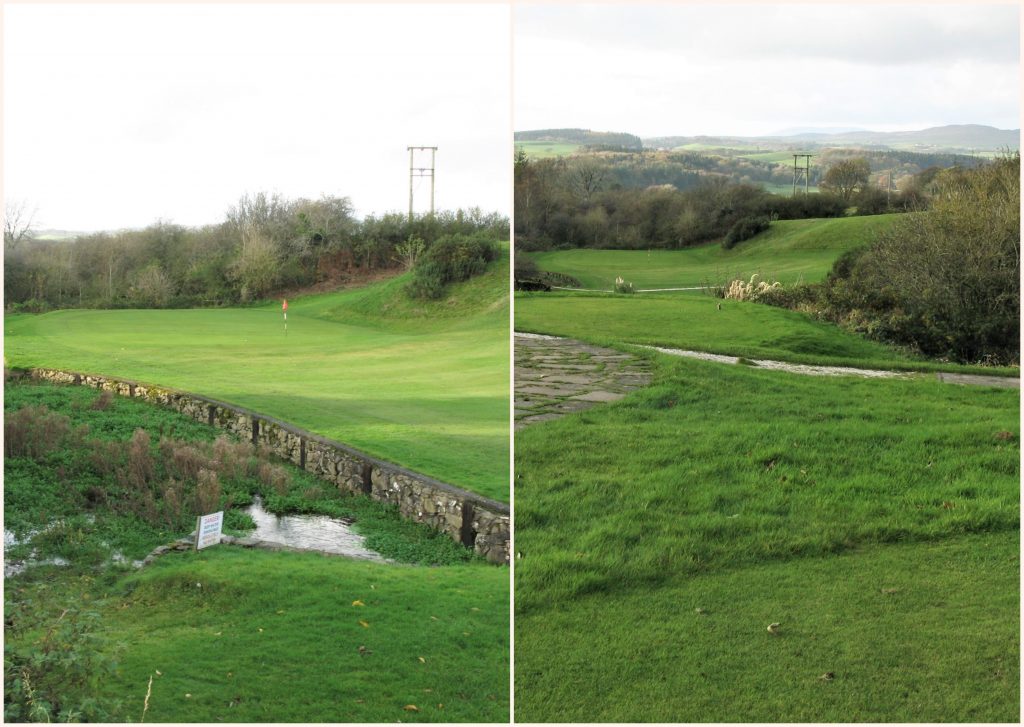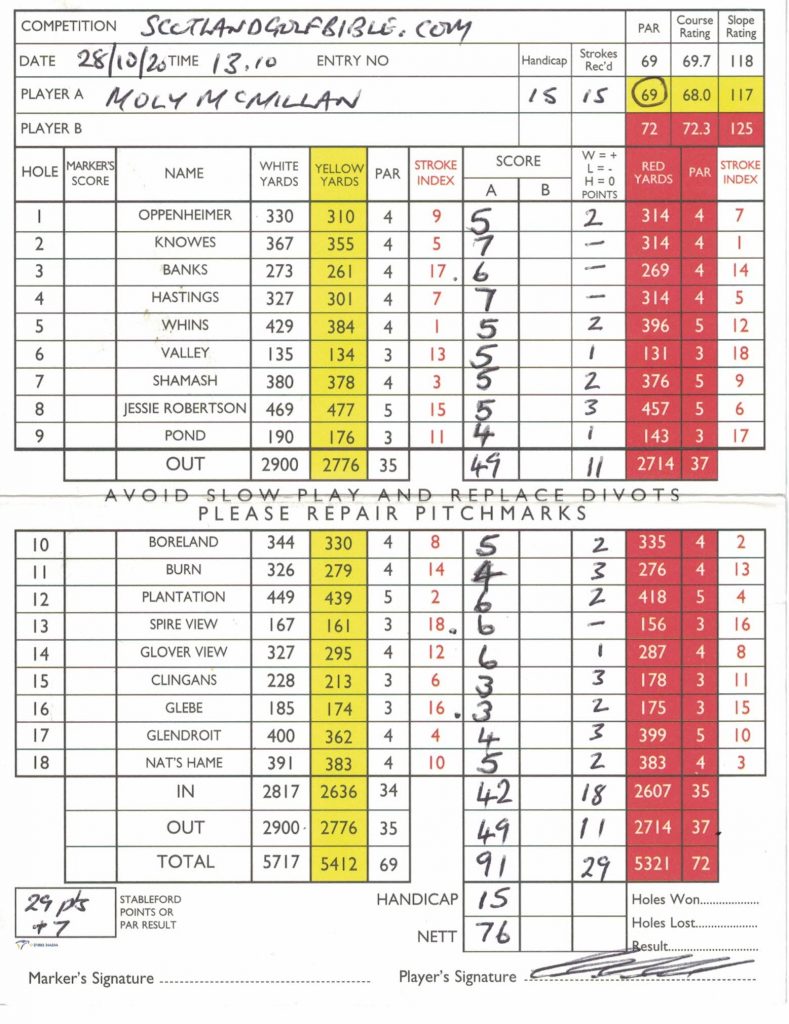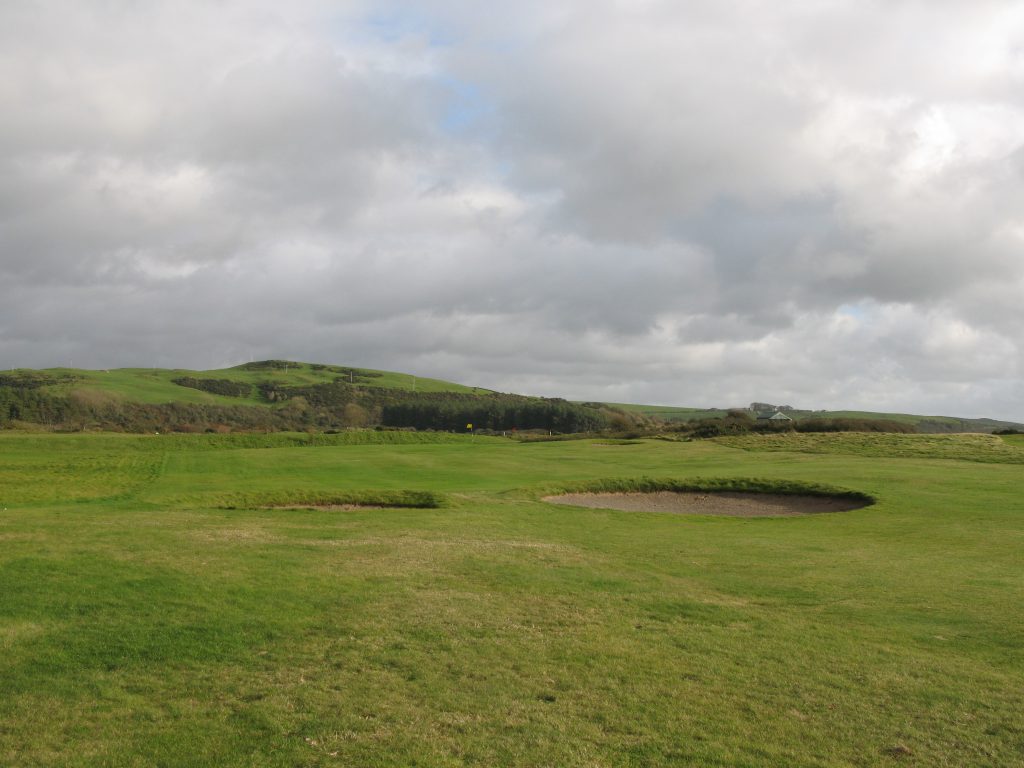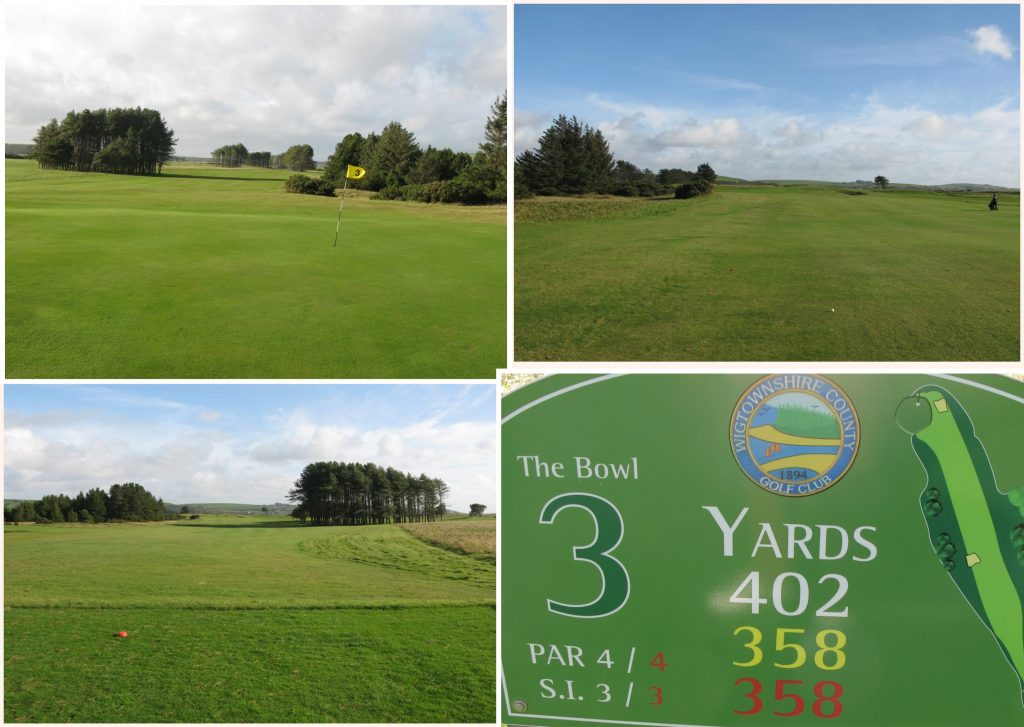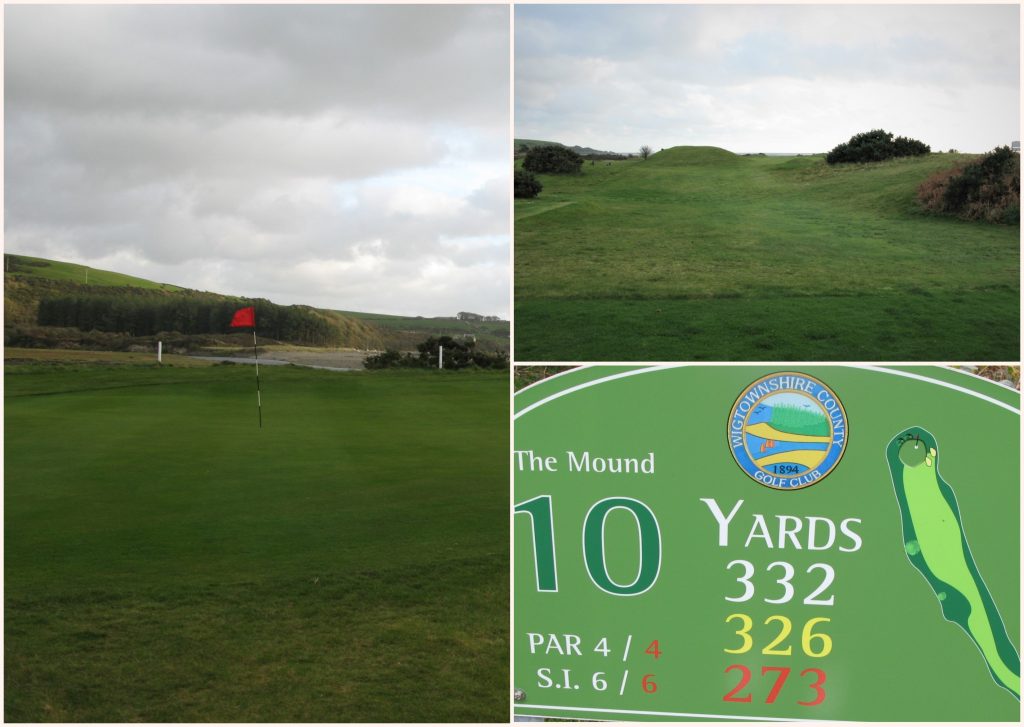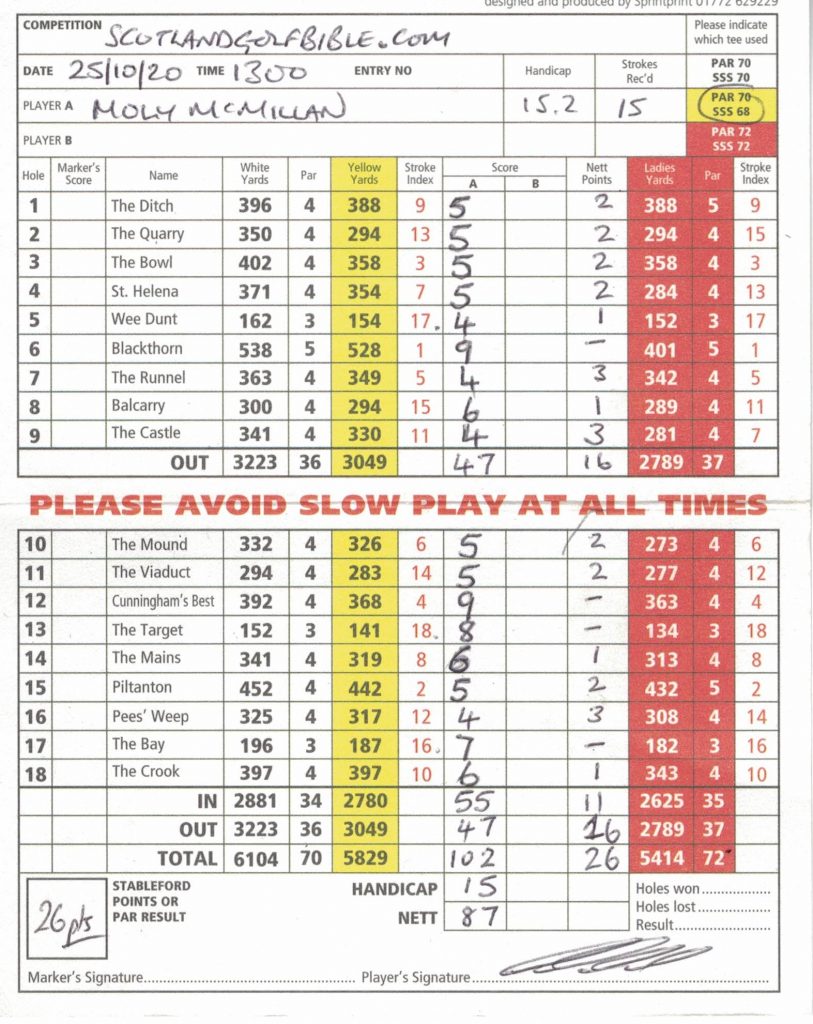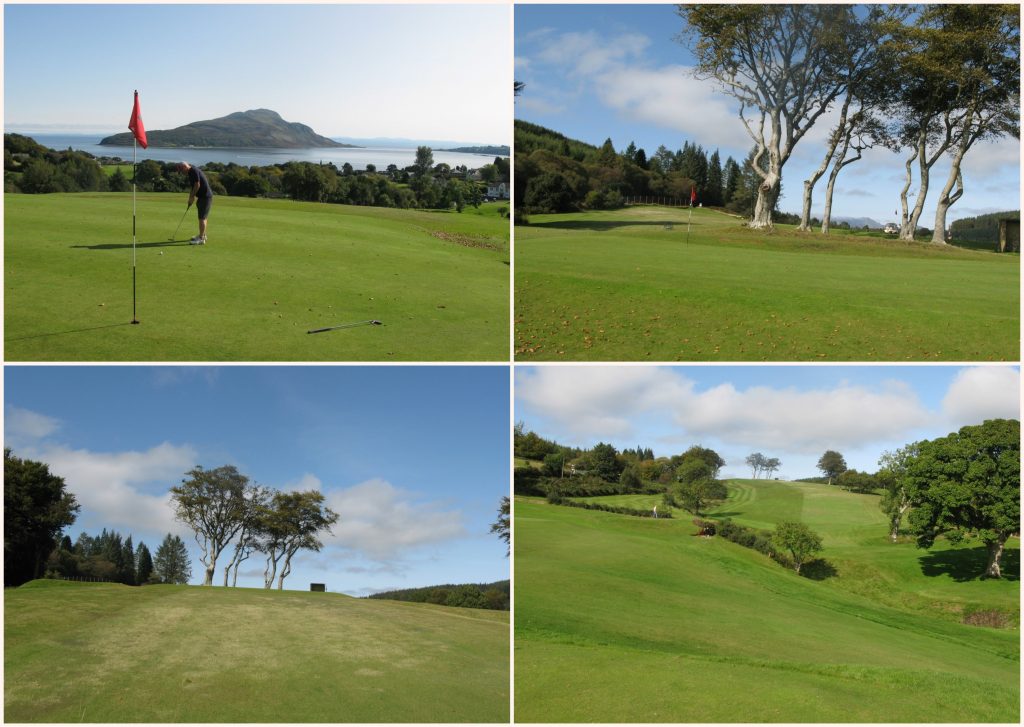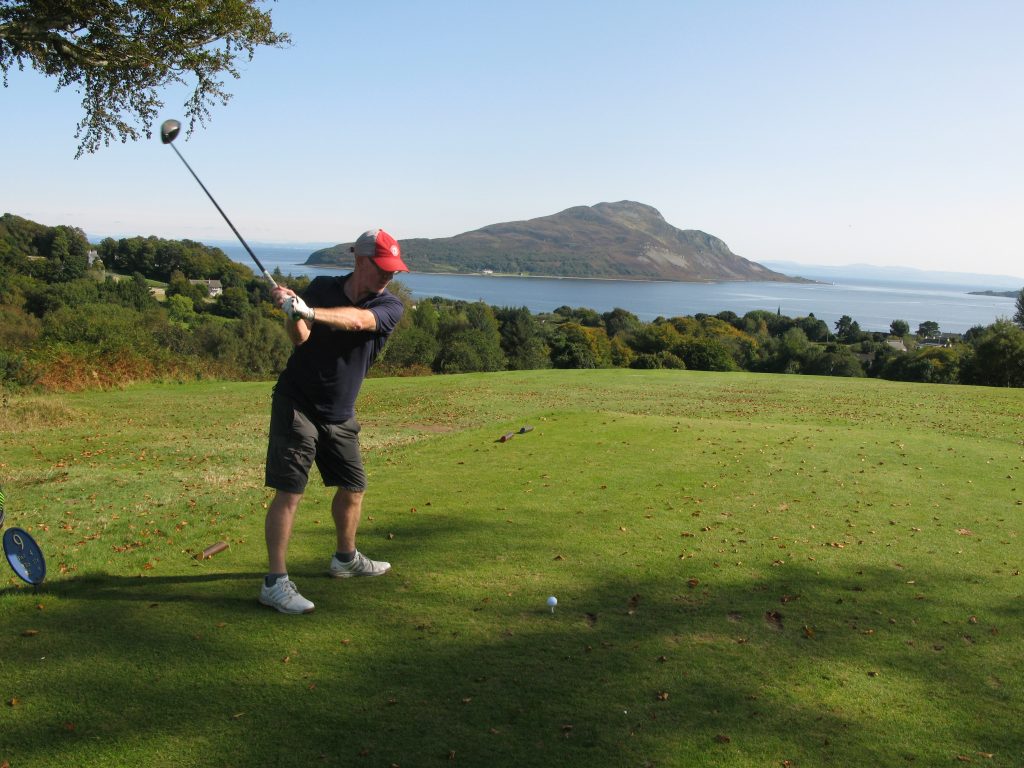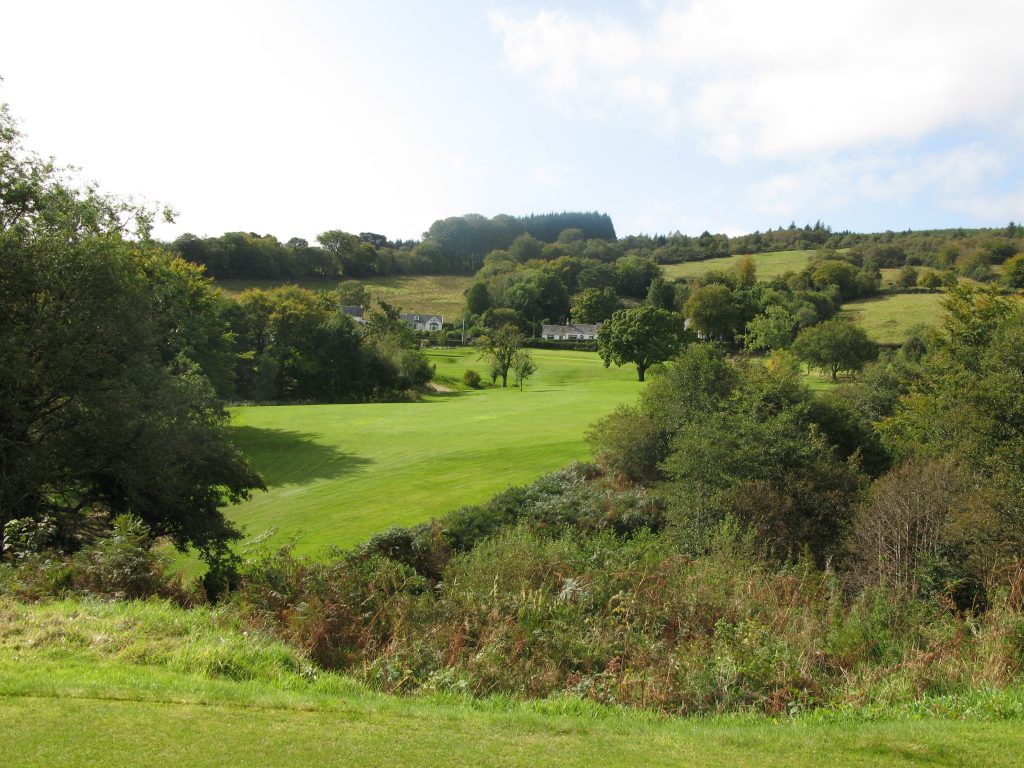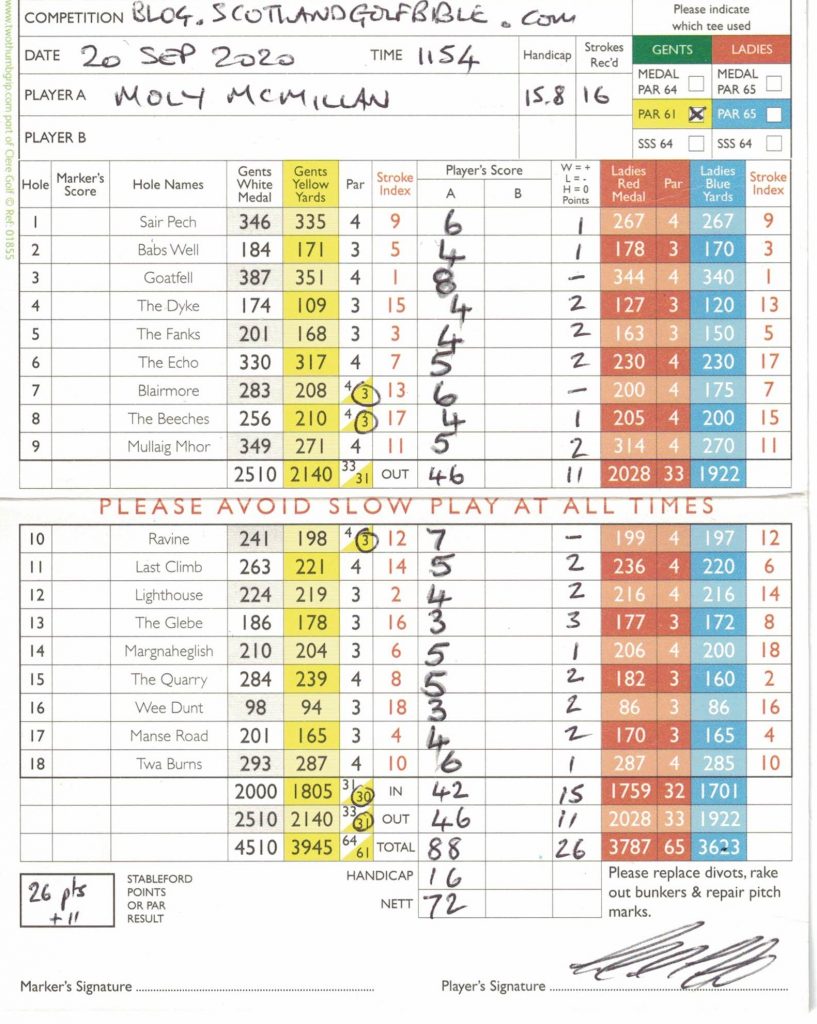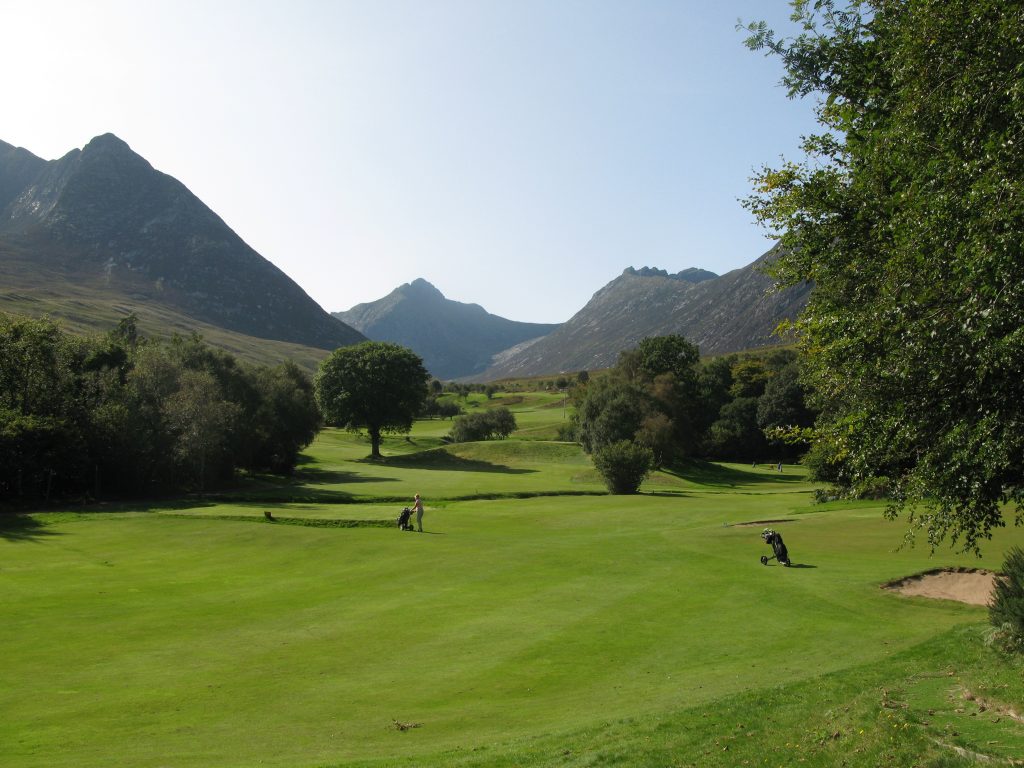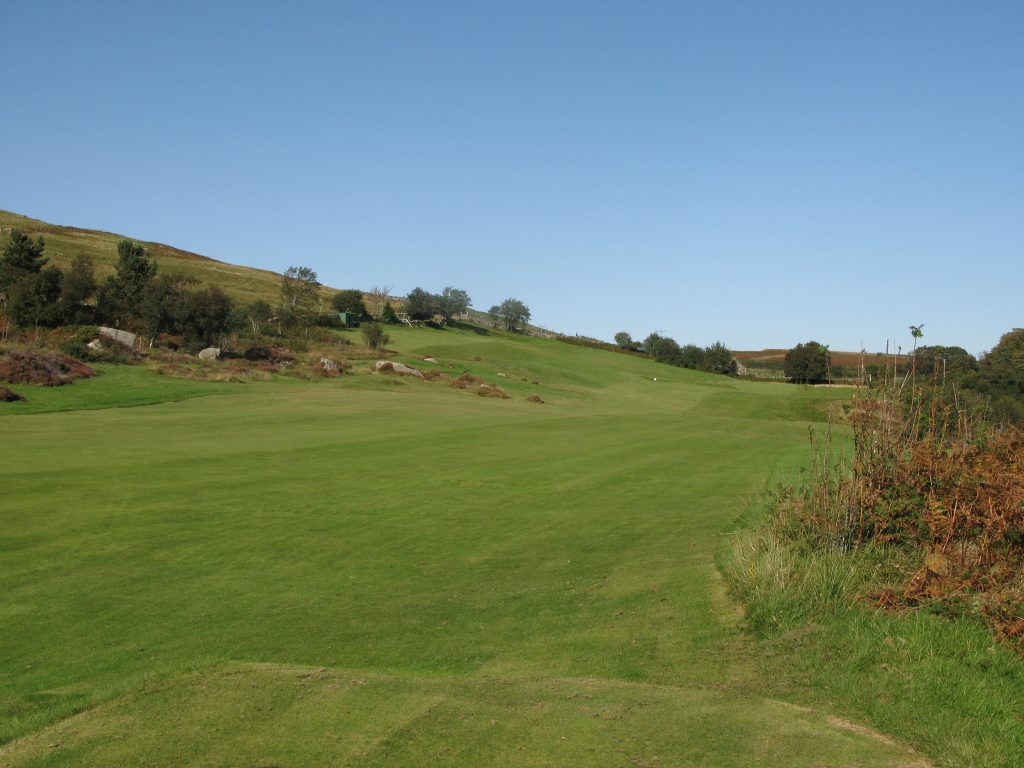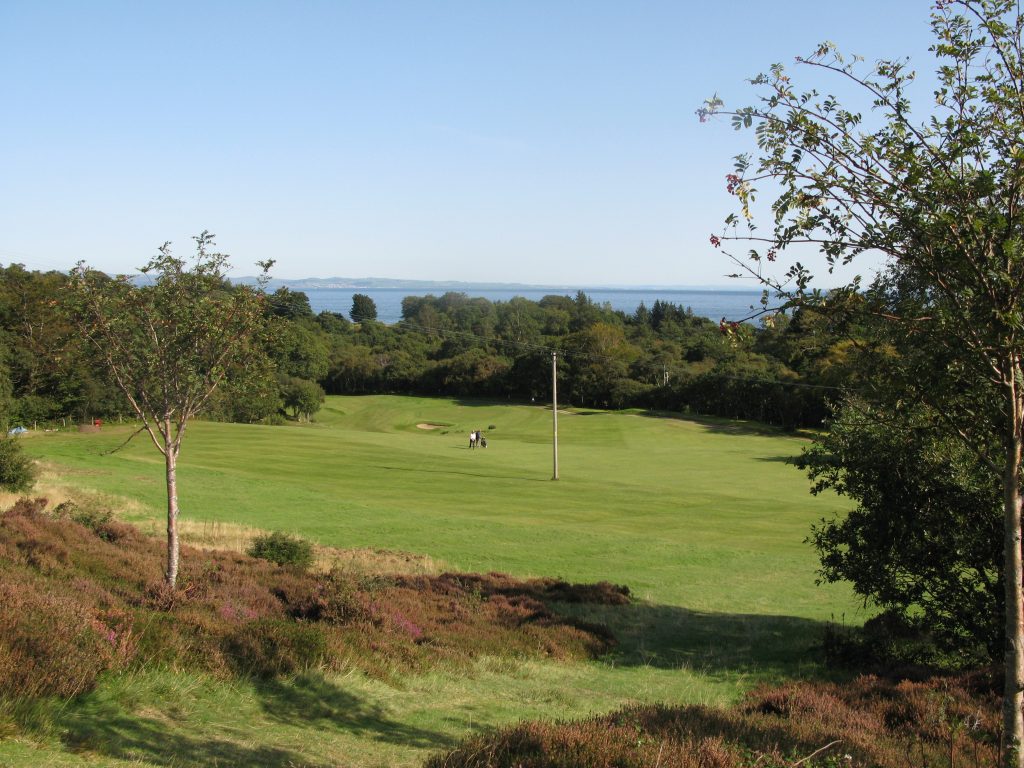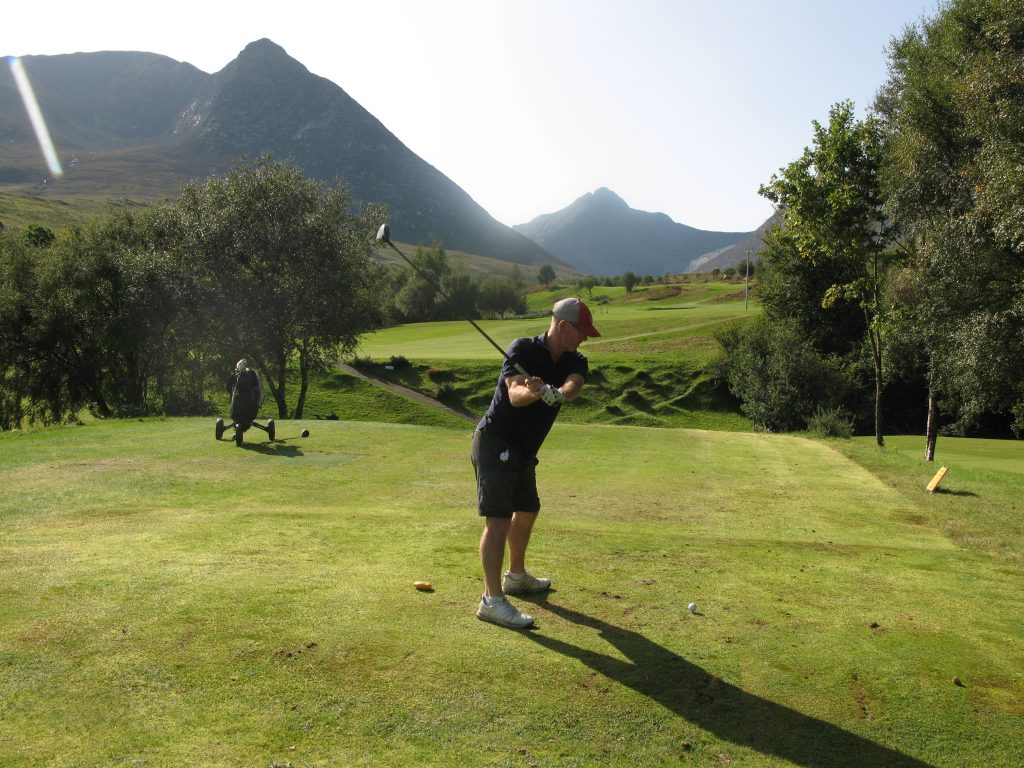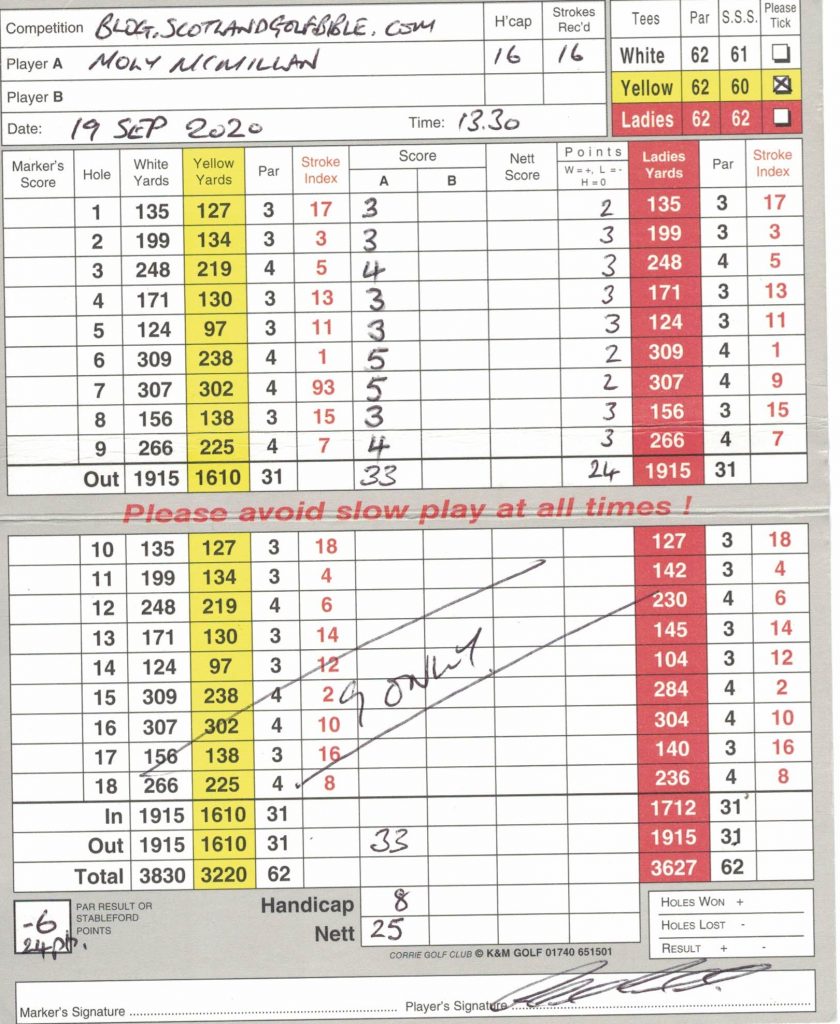‘Kuh coo bree’ – worth a visit to this course and the local art galleries
Round £32. Par 69. Course Rating / Slope Rating (yellow) 68/117. Value (out of 5) – 3.5
The town of Kirkcudbright, mysteriously pronounced ‘Kuh-coo-bree’, sits on the east of the River Dee estuary in Dumfries and Galloway. It’s a remarkable place; festooned with art galleries and nice coffee shops – one could imagine it being twinned with Glastonbury, the epi-centre of Druids in Somerset, England.

The town was home of The ‘Kircudbright’ artist movement in the late 1800s, and several of the galleries tell that story. The golf course was in fact founded in 1893, at the very height of the art movement in the town. I wondered how many of the artists, some of international significance, ever played the golf course – after all, the first hole, (Charles) ‘Oppenheimer’ is named after one of the towns best know artists?

The course was originally 9 holes and only extended to 18 holes in the 1970s, unfortunately neither original or extension architect are listed in the website. After a fairly benign opening par 4 , the second is played uphill across the current 15th hole. After a short par four 3rd, the first of the several difficult holes is the 4th – although a relatively short dog leg right, judging the distance off the tee is crucial to avoid a lost ball. On the day, I saw an old man in the woods searching for golf balls – it was as if I saw the “ghost of golf future” for me.
The extension of the course, includes a nice run of holes, from 9 through 12, by far the most nuanced part of the course. The 12th, in particular would fit into a much higher standard layout.
The course was in pretty good condition when I played with Fran, but there were a few winter greens in early use, even although they seemed completely playable, and firm.

I shot 91, and played pretty well on the back 9, where I had 18 stableford points. This was helped by the wide fairway in the main.
Another wonderful quirk is that the clubhouse is used by an award winning Thai restaurant – I loved this and it just seemed so befitting this ‘cool’ place. The artists would undoubtedly been customers of the restaurant, even if they were not golfers!
Lastly, I have to mention the few local members in the clubhouse were really friendly and helpful explaining the layout of the course.
Course Type: Parkland
Par bb (2 par 5s, 11 par 4s, 5 par 3s)
Distance: 5412
Moly’s Gross score: 91
